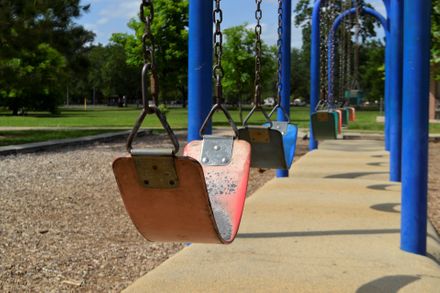Free play is extremely important, but at the same time, it's also something difficult to implement and manage in kindergartens and schools, whether they are public or private. Playgrounds play a vital role in stimulating both the intellectual and physical development of children.
The human body is designed for movement and doesn't feel well if it has to remain inactive for hours on end. As more and more children spend too many hours per week in front of computers or televisions, the concern for children's health has increased significantly. In fact, it's a well-known fact that active children become active adults.
Our generation grew up gathering in the schoolyard to play basketball or any other sport we could think of. Our childhood games were outdoors, and meetings with friends involved hours spent in the park near our homes, where we engaged in various physically demanding activities. We live in a time where movement is not only challenged by sedentary activities caused by computer games, tablets, or phones, but also by the lack of well-designed and safe playgrounds for our children.
We live in a world where streets are congested, and parks are few and crowded. In recent years, we've seen an increasing interest in creating playgrounds both indoors and outdoors, which can only bring us joy. If until now your children haven't experienced all the entertaining elements they can find at playgrounds in kindergartens and schools, now they have the opportunity to do so.
Playgrounds can be adapted to the needs of those who request them, depending on the available space, and can be structured preferentially based on the requested elements. They are not only a way of entertainment for kids but also an opportunity to take advantage of the numerous benefits for children's health in terms of physical activity, cognitive and social outcomes. Kindergartens and schools have started to opt more and more for playground setups.
Education for children is a priority for parents, and entertainment and games play an important role in their schedules. In the case of play, children use their motor skills, which involve hand and finger movements, as well as movements of the entire body. Additionally, we shouldn't forget about cognitive benefits related to the development of creativity, abstract thinking, imagination, problem-solving skills, and forward-thinking.
Children need diverse opportunities for play to fulfill their social, intellectual, and physical needs. The more such spaces are created, the more there should be for structured play, creative play, play with natural elements, quiet play, and communal open space. Successful playgrounds depend not only on play structures but also on the organization and arrangement of the entire space. Play areas should allow children to create their own environment to some extent, enabling adventure and creative play.




































































































































